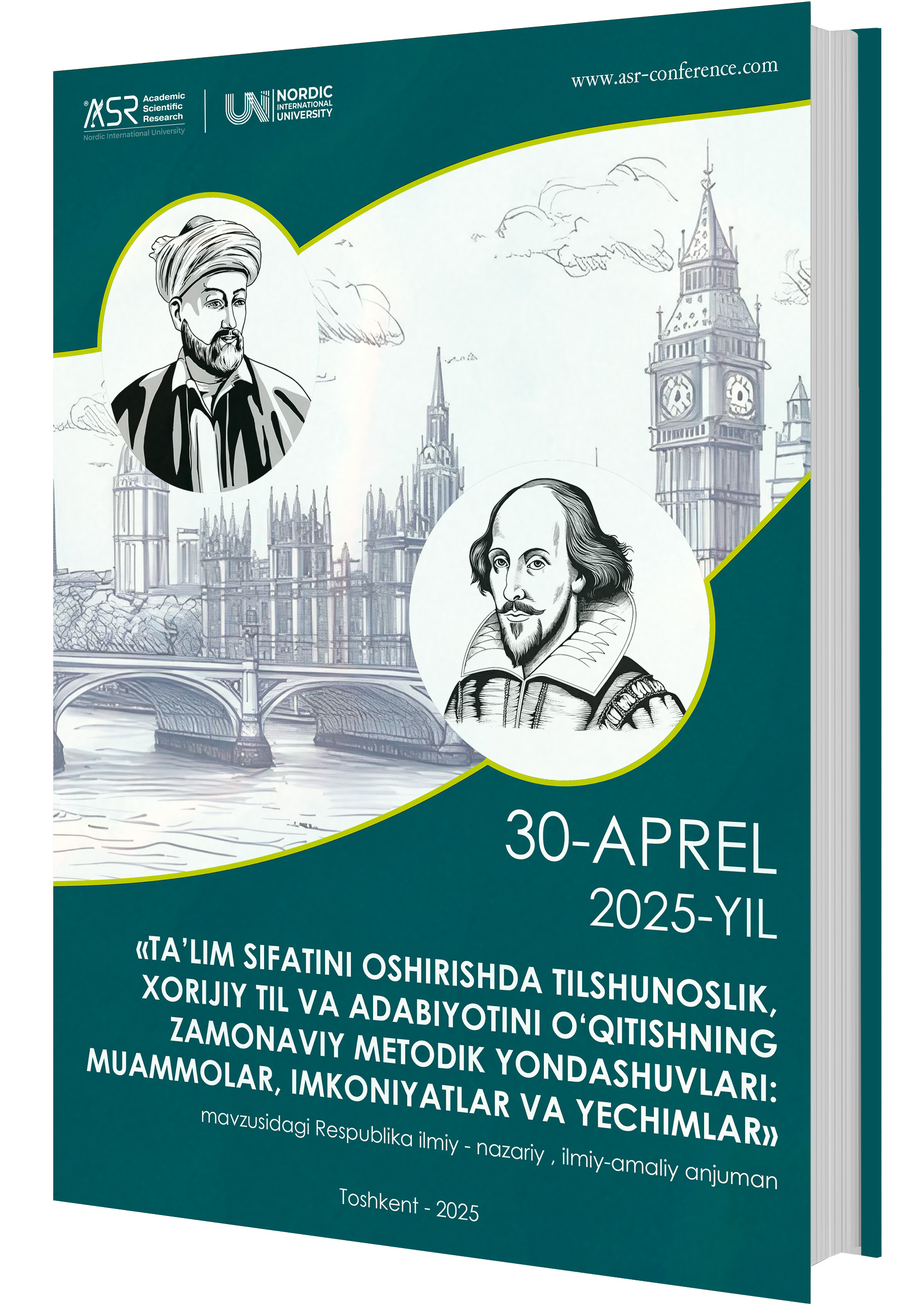THE DEPICTION OF CLASS AND SOCIAL CHANGE IN CHARLES DICKENS’ NOVELS OLIVER TWIST AND GREAT EXPECTATIONS
Аннотация
This research explores the representation of class divisions and social transformation in Charles Dickens’s Oliver Twist (1838) and Great Expectations (1861). Dickens, a key figure in Victorian literature, was deeply concerned with the struggles of the poor and the rigid class structures that limited social mobility. By analyzing these two novels, the study highlights Dickens’ critique of institutional oppression, wealth disparity, and the false promises of social advancement. While Oliver Twist presents a bleak portrayal of the lower class’s suffering due to systemic injustice, Great Expectations examines social mobility's psychological and moral consequences. This research employs a comparative literary analysis to demonstrate Dickens’ evolving perspective on class struggles and his advocacy for moral and social reform.
Библиографические ссылки
Briggs, Asa. Victorian cities Penguin Books, 1963.
Carey, John. The intellectual and the Masses, Faber & Faber, 1992.
Horne, Philip. Dickens and the Question of Progress. Palgrave Macmillan, 2000.
House, Humphrey. The Dickens World. Oxford University Press, 1941.
Jones, Gareth Stedman. Outcast London: A study in the Relationship Between Classes in Victorian Society Oxford University Press, 1984.
Waters, Catherine. Dickens and the Politics of the Family. Cambridge University Press, 1997.
Загрузки
Опубликован
Выпуск
Раздел
Лицензия
Copyright (c) 2025 Shaxnozaxon Xayitova

Это произведение доступно по лицензии Creative Commons «Attribution-NonCommercial» («Атрибуция — Некоммерческое использование») 4.0 Всемирная.
Условия лицензии
Эта работа доступна под лицензией Creative Commons Attribution-NonCommercial 4.0 International License. Чтобы просмотреть копию этой лицензии, посетите http://creativecommons.org/licenses/by-nc/4.0/ или отправьте письмо по адресу Creative Commons, PO Box 1866, Mountain View, CA 94042, США.
По этой лицензии вы можете:
Поделиться — копируйте и распространяйте материал на любом носителе и в любом формате.
Адаптируйте — делайте ремиксы, трансформируйте и дорабатывайте материал.
Лицензиар не может отозвать эти свободы, если вы соблюдаете условия лицензии. На следующих условиях:
Атрибуция. Вы должны указать соответствующую ссылку, предоставить ссылку на лицензию и указать, были ли внесены изменения. Вы можете сделать это любым разумным способом, но не таким образом, который бы предполагал, что лицензиар одобряет вас или ваше использование.
Некоммерческое использование — вы не имеете права использовать материал в коммерческих целях.
Никаких дополнительных ограничений. Вы не имеете права применять юридические условия или технологические меры, которые юридически запрещают другим делать все, что разрешено лицензией.





